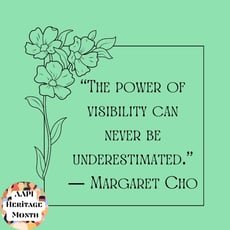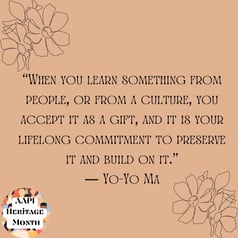Currently, we are in the last month of the year and enjoying what is left of 2022. Many are ready to receive 2023 with open arms for new opportunities and blessings. Throughout the world, countries and cultures have their own traditions to bring in the new year.
Here is a list of traditions you can consider adding to your list on New Year’s Eve and New Year’s Day!

Denmark
In Denmark, it is customary for family and friends to leave a stack of broken dishes outside your door. As a way of wishing good luck and prosperity for the incoming year, they will go to a loved one's home at midnight and smash a plate in their doorstep. A more safe and modern way of doing this is bringing already broken dishes and placing them in a neat stack outside your door. Because of this, it is common for Danes to collect broken dishes throughout the year. The more plates you find outside, the more luck you are believed to receive for the coming year.

Spain
A tradition passed down in Spain and many other Latin countries is eating 12 grapes, one during each of the 12 clock chimes that happen at midnight. Each grape represents a month and a way of manifesting a good year for all 12 months ahead. In certain countries that have adopted this tradition, these grapes also serve the purpose of wishes you hope to come true in the New Year.

Philippines
A shape that is very significant in Filipino culture is the circle, and so it is believed that wearing polka dot clothing on New Year’s Eve will manifest wealth and prosperity for the coming year. The circle symbolizes coins and anything associated with money.

South Africa
Starting the year off fresh takes on a new meaning in South Africa. Any unwanted furniture is thrown out of the house, literally, on New Year’s Day. The furniture being disposed of is a symbol of releasing of burdens and welcoming new beginnings.

Mexico
A tradition that is not only common in Mexico but throughout all Latin America is thought to bring a year full of travel. All you need is an empty suitcase, and at midnight, you take a stroll outside with your empty suitcase in tow. Author’s Note: I have done this tradition and traveled a decent number of times this year!

Ireland
Whether it is freshly made bread or leftover Christmas bread, you may still use it for the New Year. The Irish have set a tradition of pounding bread into the walls of their homes to release any negative energy or bad luck from the last year. The belief is that this helps create an open environment to receive positive energy for the New Year.

United States:
Many Americans celebrate New Year’s Eve and New Year’s Day differently. However, the most iconic and watched celebration is the ball drop in New York City’s Times Square. This tradition has gone on for over a century and people throughout the world either visit New York, or watch the broadcast from the comfort of their home. Counting the last 10-seconds in unison before the ball drops to kick-off the New Year is a great way to celebrate.

Japan:
In Japan, it is customary to welcome in the New Year with a traditional noddle dish called Toshikoshi soba. The Japanese term Toshikoshi translates to “year crossing.” This noodle soups represents good wishes, prosperity and health for living a long life, and eating this dish on New Year’s Eve is thought to close out the year and bring in a fulfilling new year.
As you can see, the traditions for welcoming in a new year vary across the world – and there are many others that we didn’t list. Tell us, how do YOU ring in New Year’s Day?
However you celebrate, I wish you all a very happy 2023!





Leave a Comment